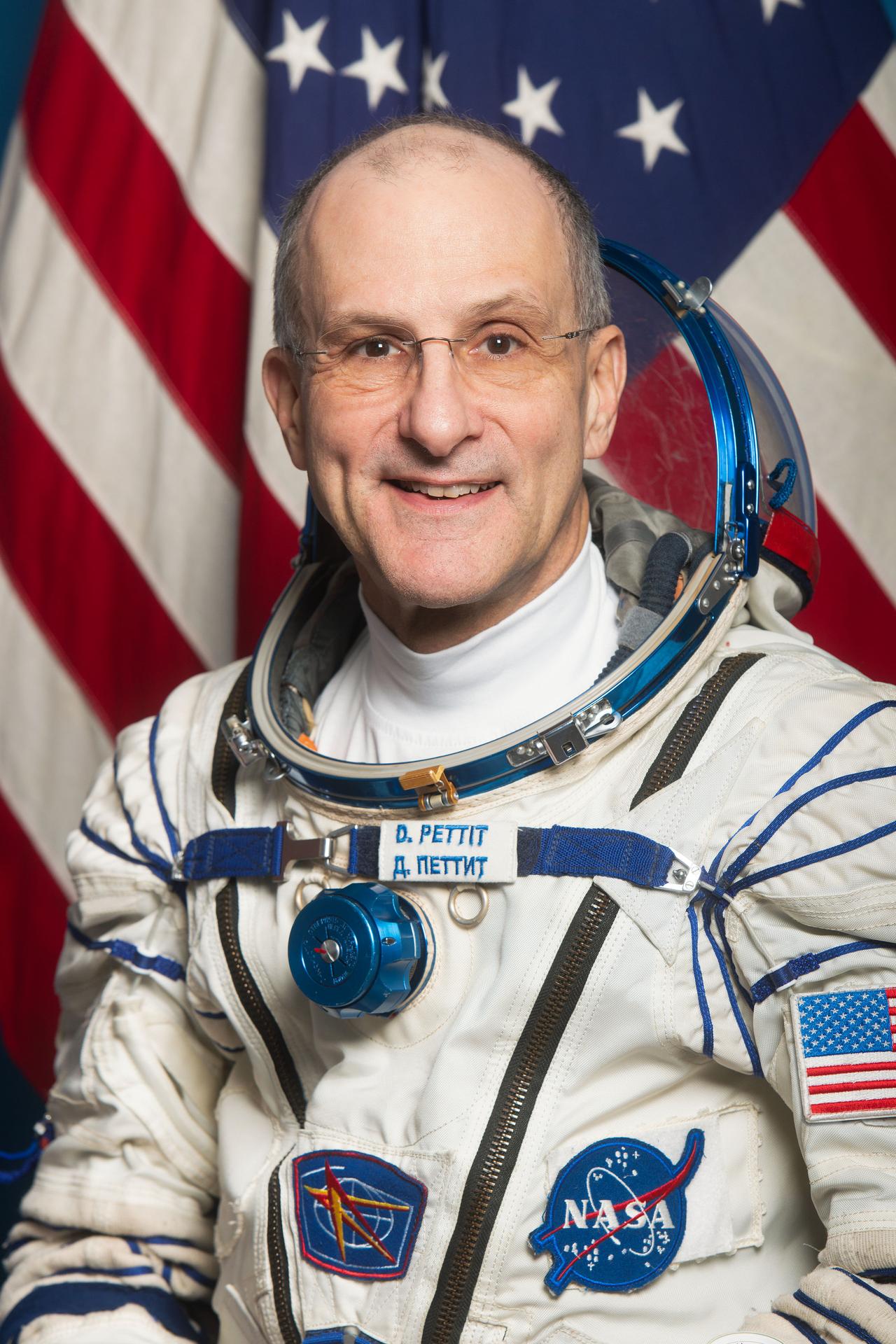
During his fourth mission to the International Space Station, NASA astronaut Don Pettit will serve as a flight engineer and member of the Expedition 71/72 crew. After blasting off to space, Pettit will conduct scientific investigations and technology demonstrations to help prepare crew for future space missions.
Pettit will launch on the Roscosmos Soyuz MS-26 spacecraft in September 2024, accompanied by Roscosmos cosmonauts Alexey Ovchinin and Ivan Vagner. The trio will spend approximately six months aboard the orbital laboratory.
NASA selected Pettit as an astronaut in 1996. A veteran of three spaceflights, he made integral advancements in technology and demonstrations for human exploration. He served as a science officer for Expedition 6 in 2003, operated the robotic arm for STS-126 space shuttle Endeavour in 2008, and served as a flight engineer for Expedition 30/31 in 2012. Pettit has logged 370 days in space and conducted two spacewalks totaling 13 hours and 17 minutes.
The Expedition 6 crew launched on STS-113 space shuttle Endeavour expecting to return on STS-114 space shuttle Discovery after a two and a half month mission. Following the space shuttle Columbia accident that grounded the shuttle fleet, the crew returned on the Soyuz TMA-1 spacecraft after five and a half months, landing in Kazakhstan. On his next 16-day mission, STS-126, Pettit helped expand the living quarters of the space station and installed a regenerative life support system to reclaim potable water from urine. During Expedition 30/31, Pettit also captured the first commercial cargo spacecraft, the SpaceX Dragon, using the robotic arm.
A native from Silverton, Oregon, Pettit holds a bachelor's degree in chemical engineering from Oregon State University, Corvallis, and a doctorate in chemical engineering from the University of Arizona, Tucson. Prior to his career with NASA, Pettit worked as a staff scientist at the Los Alamos National Laboratory in New Mexico.
For more than two decades, humans have lived and worked continuously aboard the International Space Station, advancing scientific knowledge and making research breakthroughs that are not possible on Earth. The station is a critical testbed for NASA to understand and overcome the challenges of long-duration spaceflight and to expand commercial opportunities in low Earth orbit. As commercial companies focus on providing human space transportation services and destinations as part of a robust low Earth orbit economy, NASA is able to focus more of its resources on deep space missions to the Moon and Mars.






